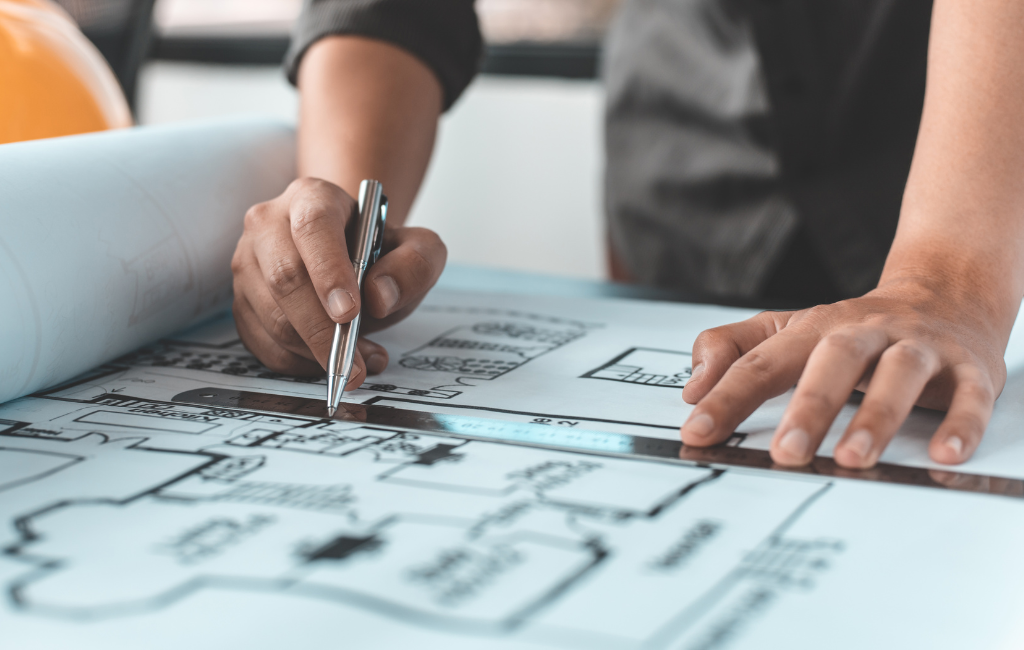Top Architect Insights

Top Architect Insights: Elevate Your Home Design
Designing a home is an intricate process that blends creativity, functionality, and personal taste. Leading architects offer valuable insights that can transform your living space into a masterpiece. This article explores key strategies and tips from top architects to help you elevate your home design.
Understanding Your Space
Before diving into design specifics, it’s crucial to understand the space you are working with. Assess the dimensions, natural light, and existing architectural features. This foundational knowledge will guide your design choices and help you make informed decisions.
Maximizing Natural Light
Natural light can significantly impact the ambiance of your home. Architects often emphasize the importance of maximizing natural light to create a warm and inviting atmosphere. Consider the following tips:
- Use large windows and glass doors to allow more light into your home.
- Opt for light-colored walls and ceilings to reflect light.
- Incorporate mirrors strategically to enhance light distribution.
Open Floor Plans
Open floor plans have become increasingly popular in modern home design. They create a sense of spaciousness and facilitate better flow between different areas of the home. Key benefits include:
- Enhanced social interaction by connecting living, dining, and kitchen areas.
- Improved natural light distribution throughout the space.
- Flexibility in furniture arrangement and decor.
Incorporating Sustainable Design
Sustainability is a growing trend in home design. Architects are focusing on eco-friendly materials and energy-efficient solutions to create homes that are both beautiful and environmentally responsible.
Eco-Friendly Materials
Choosing sustainable materials can reduce your home’s environmental impact. Consider these options:
- Bamboo flooring, which is durable and renewable.
- Recycled glass countertops for a unique and sustainable touch.
- Low-VOC paints to improve indoor air quality.
Energy Efficiency
Energy-efficient design not only benefits the environment but also reduces utility costs. Architects recommend the following strategies:
- Install energy-efficient windows and insulation to minimize heat loss.
- Use LED lighting, which consumes less energy and lasts longer.
- Incorporate solar panels to harness renewable energy.
Personalizing Your Space
Your home should reflect your personality and lifestyle. Architects suggest incorporating personal touches to make your space truly unique.
Custom Furniture
Custom furniture can add a distinctive character to your home. Consider working with a local craftsman to create pieces that fit your style and needs perfectly.
Art and Decor
Art and decor play a significant role in personalizing your space. Here are some tips:
- Choose artwork that resonates with you and complements your home’s color scheme.
- Incorporate family heirlooms or travel souvenirs for a personal touch.
- Use decorative elements like rugs, cushions, and curtains to add texture and warmth.
Case Studies: Successful Home Designs
Examining successful home designs can provide inspiration and practical insights. Here are two notable examples:
The Glass House by Philip Johnson
The Glass House, designed by Philip Johnson, is a prime example of modernist architecture. Its open floor plan and extensive use of glass create a seamless connection with the surrounding landscape. Key features include:
- Minimalist design with clean lines and open spaces.
- Integration of indoor and outdoor living areas.
- Use of natural materials like stone and wood.
Fallingwater by Frank Lloyd Wright
Fallingwater, designed by Frank Lloyd Wright, is renowned for its harmonious integration with nature. Built over a waterfall, this home exemplifies organic architecture. Key features include:
- Use of local materials to blend with the natural surroundings.
- Innovative cantilevered design that creates a sense of floating.
- Large windows that frame views of the surrounding forest.
Conclusion
Elevating your home design involves a blend of understanding your space, incorporating sustainable practices, and personalizing your environment. By drawing inspiration from top architects and successful case studies, you can create a home that is both functional and aesthetically pleasing. Remember to focus on natural light, open floor plans, eco-friendly materials, and personal touches to make your home truly unique.